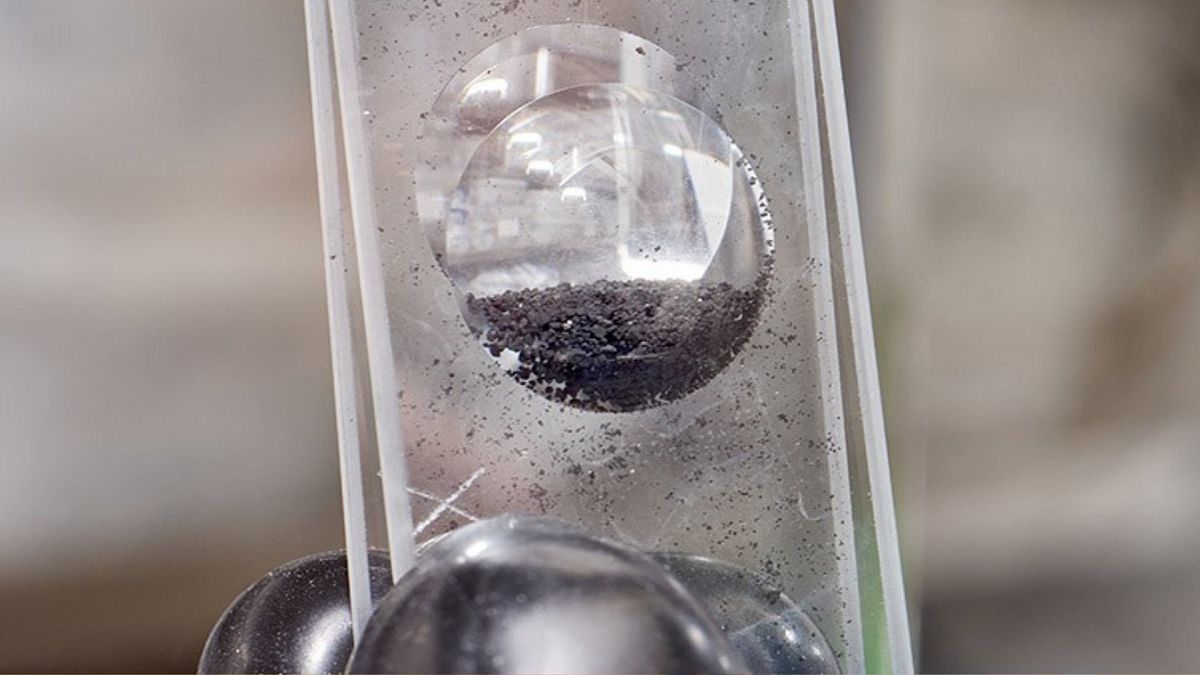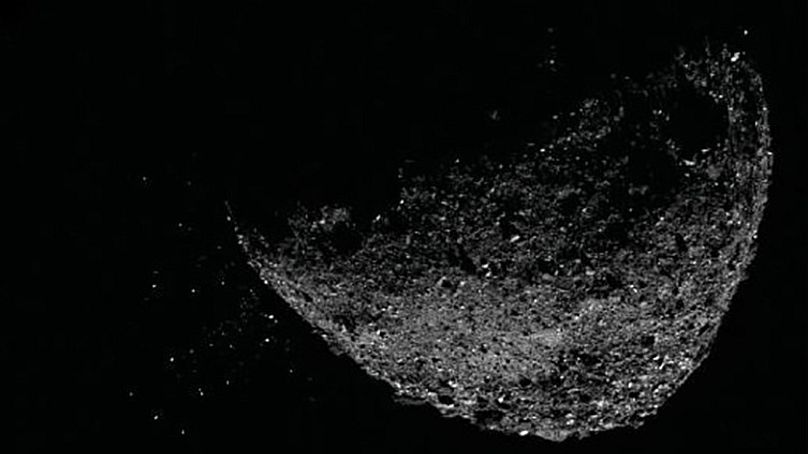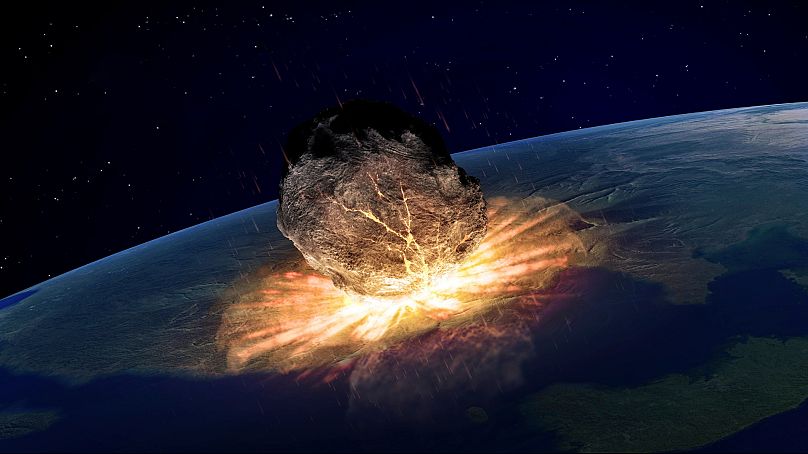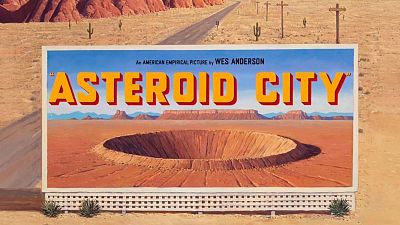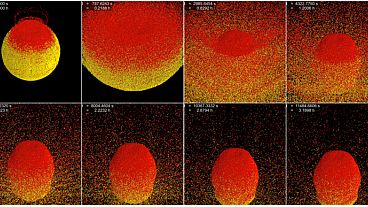Is the key to life on Earth contained within a teaspoon of black asteroid dust that's arrived in London? Scientists at the Natural History Museum hope they can unlock the answer.
A bit of dust is going to be exhibited in London’s Natural History Museum. Wait! Before you click away, this isn’t just any old bit of dust.
This dust is a sample of an asteroid that contains both the clues for the origins of life on Earth as well as the potential to end it. Do we have your attention now?
Bennu is a near-Earth asteroid that also orbits the Sun. It’s travelling at a distance roughly 120 million km away from us, but that didn’t stop a NASA space mission’s attempt to make contact.
After travelling for more than seven years, the OSIRIS-REx mission was able to take a sample from Bennu and return back to the Earth, touching down in the state of Utah. Scientists believe that the sample of the asteroid may be an “untouched time capsule from the beginning of the solar system,” and could point the way to understanding how the Earth formed and the origins of life.
101955 Bennu – to give it its full name – was named after the Ancient Egyptian mythological bird that was associated with the Sun god Ra, creation and rebirth. It’s believed that the Egyptian Bennu is a source of inspiration for the phoenix myth.
It’s believed that Bennu was formed during the original creation of the Milky Way solar system, 4.56 billion years ago. As the Sun formed, a chain reaction of chemical and molecule creation also started, creating disks which orbited the Sun in rings.
In this protoplanetary disk, matter such as water and iron formed in greater masses, eventually coming together to create planets. Scientists think that Bennu may be an example of one of the earlier stage masses, prior to the formation of our solar system’s planets.
The excitement to study a sample from a potential building block of the Earth is palpable in the comments given by Dr Ashley King, a meteorite researcher at Britain's Natural History Museum. “It's kind of like the leftover building block of our solar system,” explains King.
“When we think about how planet Earth formed, all the ingredients are also locked up within Bennu. So we want to disentangle the story of Bennu and learn about the origin of the solar system and then the history of Earth,” King continues.
Usually, scientists are only able to study meteorites – asteroids that fall to Earth – which are irreversibly changed by their contact with the Earth’s atmosphere. The opportunity to study an asteroid from which the sample was taken in space, means the conditions are more pristine to make better conclusions.
“The sample, we believe, comes from the sort of asteroid that we think might be responsible for bringing water to Earth,” says Dr Helena Bates, a researcher at the Natural History Museum. Bates continues that “when Earth formed it was quite a dry environment, and we think that water was delivered from an extraterrestrial source at some point during Earth's later evolution. We think that Bennu could be representative of the type of asteroid that delivered water to Earth.”
It’s not just water they’re looking for though. The hunt is on for the organic components – carbon-bearing molecules – that could point towards the beginning of life on Earth itself.
If with one hand Bennu giveth, with the other it taketh away, as the asteroid is also considered one of the most dangerous in the entire solar system.
Bennu is on an orbital pattern around the Sun that is quite similar to the one Earth takes. That means that there are multiple moments in the future where scientists have predicted it could possibly make contact with our planet.
The current best estimates for a potential impact are of a direct hit between the years 2175 and 2300 at a probability of 0.037%.
That’s not exactly a massively likely event then. But if it did happen, the results would be devastating. The collision would create over 1,200 megatons in TNT equivalent – more than 20 times the strength of the Tsar Bomba, the most powerful nuclear weapon ever tested.
